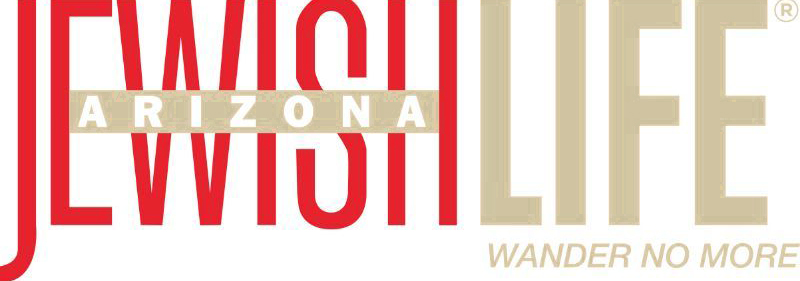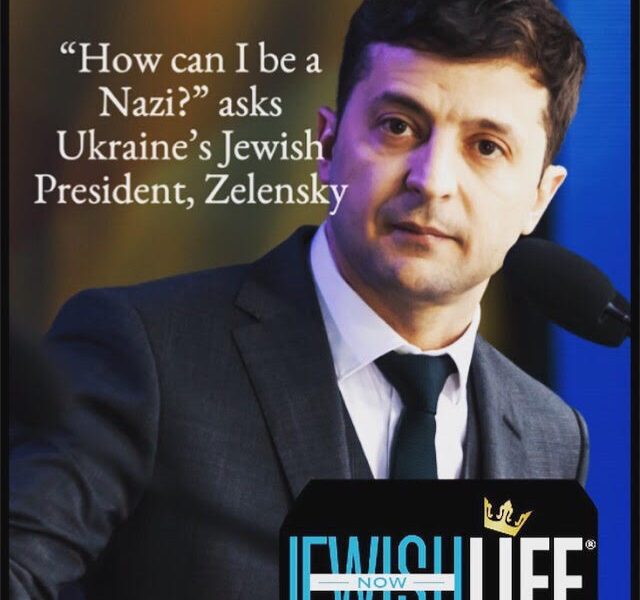Touch the bronze. Wrap your hands around its energy. Caress the sensual curves. “I can feel the force of the figure taking shape and coming to life through my hands in clay,” says Tucson sculptor David Unger from his home studio near sublime Sabino Canyon and the Santa Catalina Mountains.
“You know when you go into an art museum and are instructed not to touch. But sculpture should be touched and felt by those experiencing it. It’s the best way to ‘view’ it. Hopefully, people touching the sculpture can feel the energy that I have given it through my hands,” adds Unger, whose work critic Dorothy Shinn compared to that of famed modernist Henry Moore.
Although the 71-year-old retiree has also worked in wood, stone and wire, he prefers the malleability of clay, how a piece changes from conception to completion in the artistic process. “With clay, you can get your hands, and heart, around a vision.” Only after the clay reveals the final work does he create a plaster cast and wax. He then prepares the final ceramic mold for the 2000-degree-Fahrenheit poured bronze at the Tucson foundry, where he applies a patina, or color. Finishing, he refines the seams and welds before showing the work at one of the galleries that represent him. His wife of 48 years this July, Kathryn, assiduously supports him in his work through website work, press relations and promotion, while also serving in the de- manding volunteer role as the chair of the board at the Jewish Federation in Tucson, where the couple are members of Temple Emanu-El. They met at Boston University, went out on a blind date and were married a week later.
HANDS OF TRADITION
Judaism and the Bible are significant inspirations, connecting him with his past and craft.
He was born in Poughkeepsie, NY, in 1941. There, his father, Jerome, was rabbi of Vassar Temple. The family moved to New York City when Unger was 6. Jerome became executive director of the Zionist Organization of America and later held the same position at the American Zionist Council. He was also the chief lobbyist in the United States for the formation of the state of Israel after World War II. He was an assistant to the great Reform Rabbi, Stephen S. Wise, who, among many lifetime accomplishments, informed President Roosevelt about the Holocaust. Unger’s sculpture “The Storyteller” not only celebrates the art form but also af- firms the importance of remembering the stories from the Holocaust. Some of his grandmother’s siblings were killed in the Nazi horror.
“My father would visit Hyde Park, which is right next to Poughkeepsie, to visit the president and he would bring me with him,” he recalls. “He would leave me outside where I played with Fala on the lawn,” he adds, referring to the president’s beloved Scottish terrier. His bar mitzvah at the Stephen Wise Free Synagogue in Manhattan attracted dignitaries such as American Zionist leader Rose Halprin, and Abba Eban, the Israeli ambassador to the United Nations, who was remembered, among many accomplishments, for his eloquence during debates on the Six-Day War.
“He gave me a Bible bound in camelskin and adorned with copper plate,” Unger says. Later, he also met John F. Kennedy and, still later, Jacob Javits, New York senator, 1957 to 1981, who would often come to the house for Sunday dinner. “He liked leg of lamb.” While his father taught him about Judaism and inspired him with Jewish themes, his school teachers were also mentors, helping him to express his early creativity. “I have loved to create with my hands from the time I was a childmaking lanyards in camp, a clay pot, a model airplane. I have always wanted to be a sculptor,” he recalls.
At the celebrated Horace Mann School in the Bronx, he studied sculpture with Ian Theodore, who encouraged him. About this time his father took him to the Greenwich Village studio and workshop of Chaim Gross, the great 20th-century sculptor, with whom he studied as well. At Adelphi University, where he received his bachelor’s degree, he learned from Peter Lipman-Wulf, assisting him in printing his copper engravings, “Joseph and His Dreams.”
TIRES AND RETIRING
After earning a master’s degree in public relations from Bos- ton University, he worked for Ruder & Finn and served as vice president and director of public relations for Allied Maintenance Corporation, both in New York. “Frankly, I didn’t want to be a struggling artist, and sculpting is a tough way to make a living when you’re planning a family.”
Kathryn’s family owned Martin Wheel Company, a manufac- turer of wheels for wheelbarrows, hand trucks and other vehicles. The couple moved to in Akron, OH, and worked for her parents, then acquired the firm. There, Unger took leadership positions at his synagogue, including serving as its president, and at Akron’s zoo, hospital, community foundation and community theater. The Ungers vacationed in Tucson more than two decades ago at Canyon Ranch and bought a five-acre horse ranch. “We converted some of the horse stalls into my studio, so that I could get back in retirement to my sculpture, my second career,” he says.
About 15 years ago, they sold the Akron company to a Tai- wanese manufacturer who had supplied them with the tires for their wheels: “We talk all the time,” he says. “I like to say, I took a 30-year break from sculpting,” Unger says, laughing. “Lots of my friends are afraid to retire; they have nothing to do,” he adds. “But retirement is the greatest thing that ever happened to me, next to my wife and children. My life is better now than it ever was and I am taking more pleasure in it than anything I ever did.”
At first, just getting back to sculpting was sufficient, but then a neighbor bought a piece and he found that his work would sell – in Tucson, Sedona, Tubac, Santa Fe, even Kennebunkport, ME, where President George H. W. Bush, until his recent illness, regularly visited the gallery carrying Unger’s work.
LIFE, LOVE IS DANCING THE HORA
Unger’s work focuses on contemporary figures of people – usually a man and a woman in close relationship – dancing the Tango, for instance, or enveloped in a dance of love, intimacy and sensuality. Angles, planes and curves appear throughout his work, con- necting his protagonists. An oval formed of their arms typically joins them in movement and emotion; the circle connects their being with each other, and through that, to life.
He creates an occasional sculpture to honor a wedding,such as “My Beloved” for his son and his daughter-in-law. “The arms on the sculpture form a ring around each other and, like a wed- ding band, represent eternal love,” he says. An accompanying poem – “A song of love/A song of hope/A song of sharing/A song of family and children playing/A song of charity/A song of faith/And a song of sheer enjoyment for life” – recalls the biblical Song of Solomon and celebrates his heritage: “I am my beloved’s, and my beloved is mine.”
David Brown (azwriter.com) is a Valley-based freelancer.





